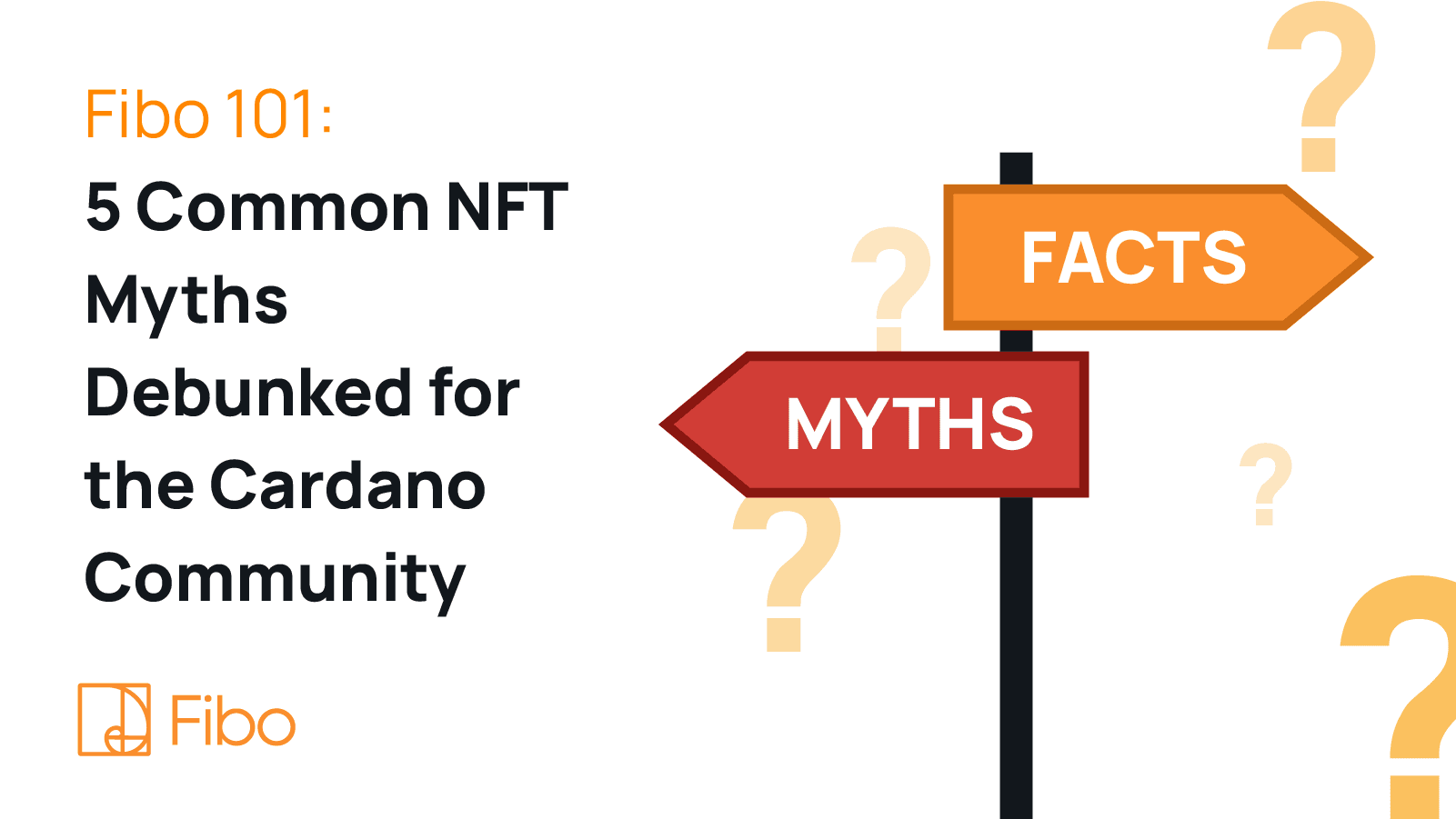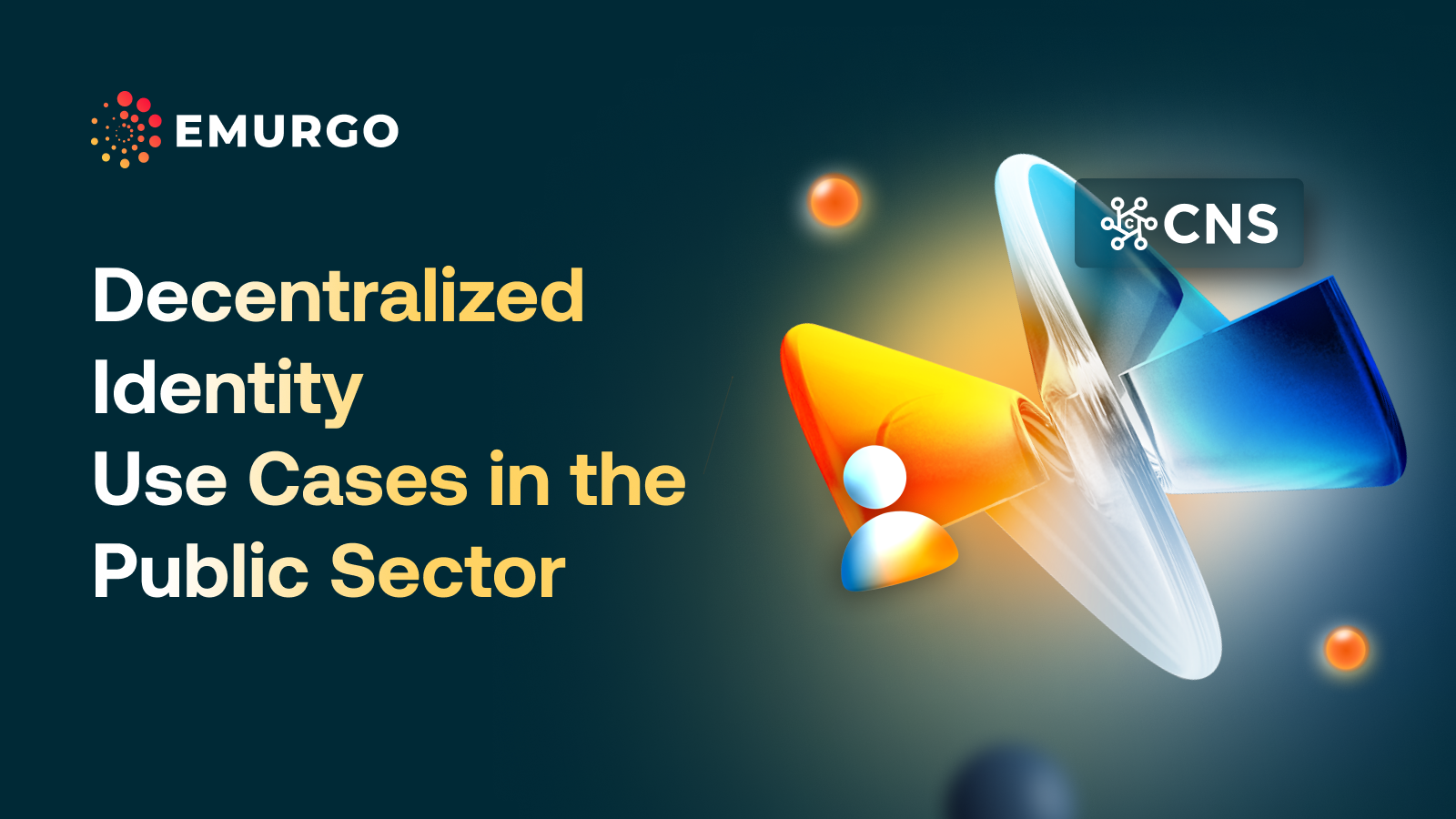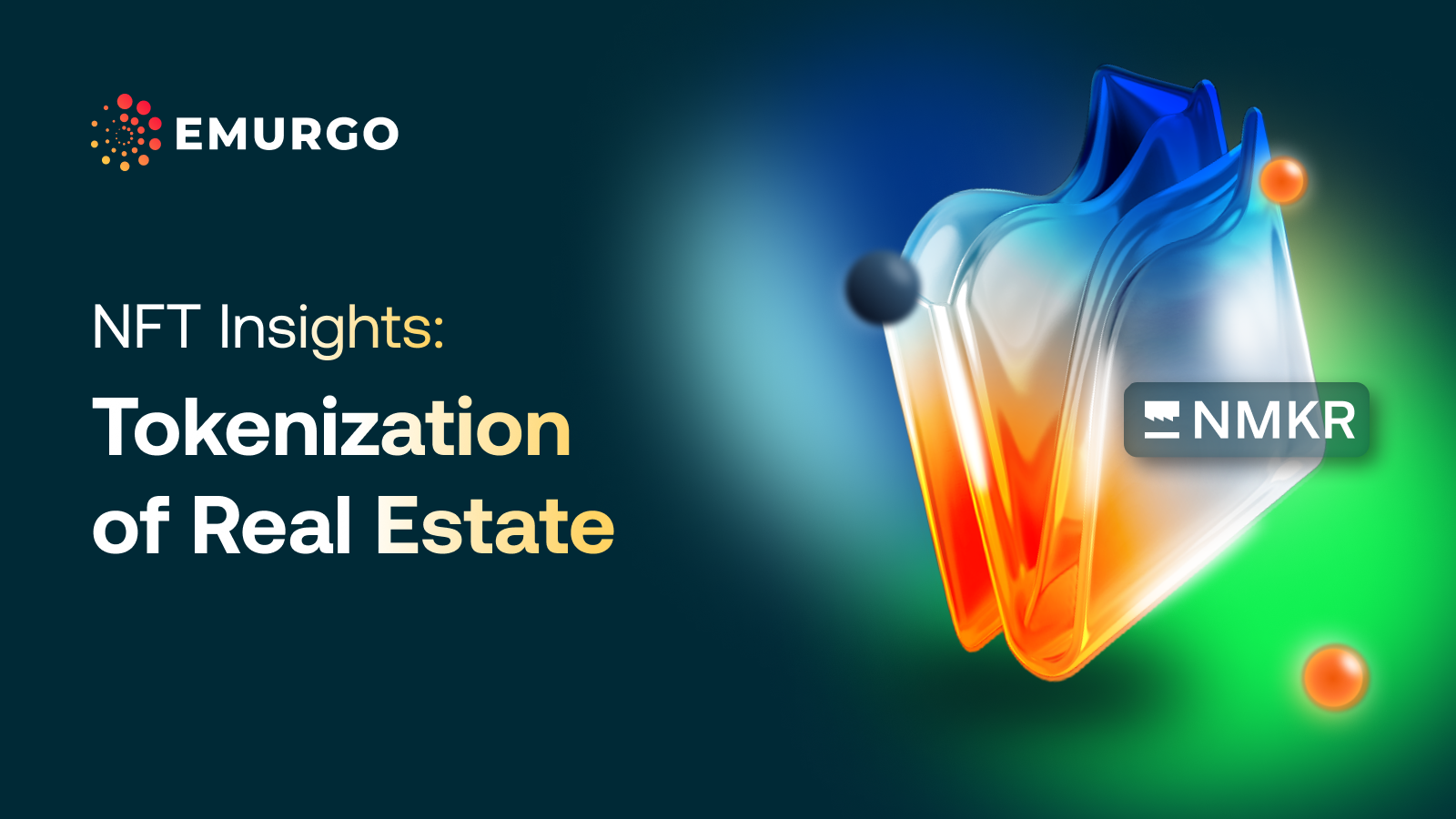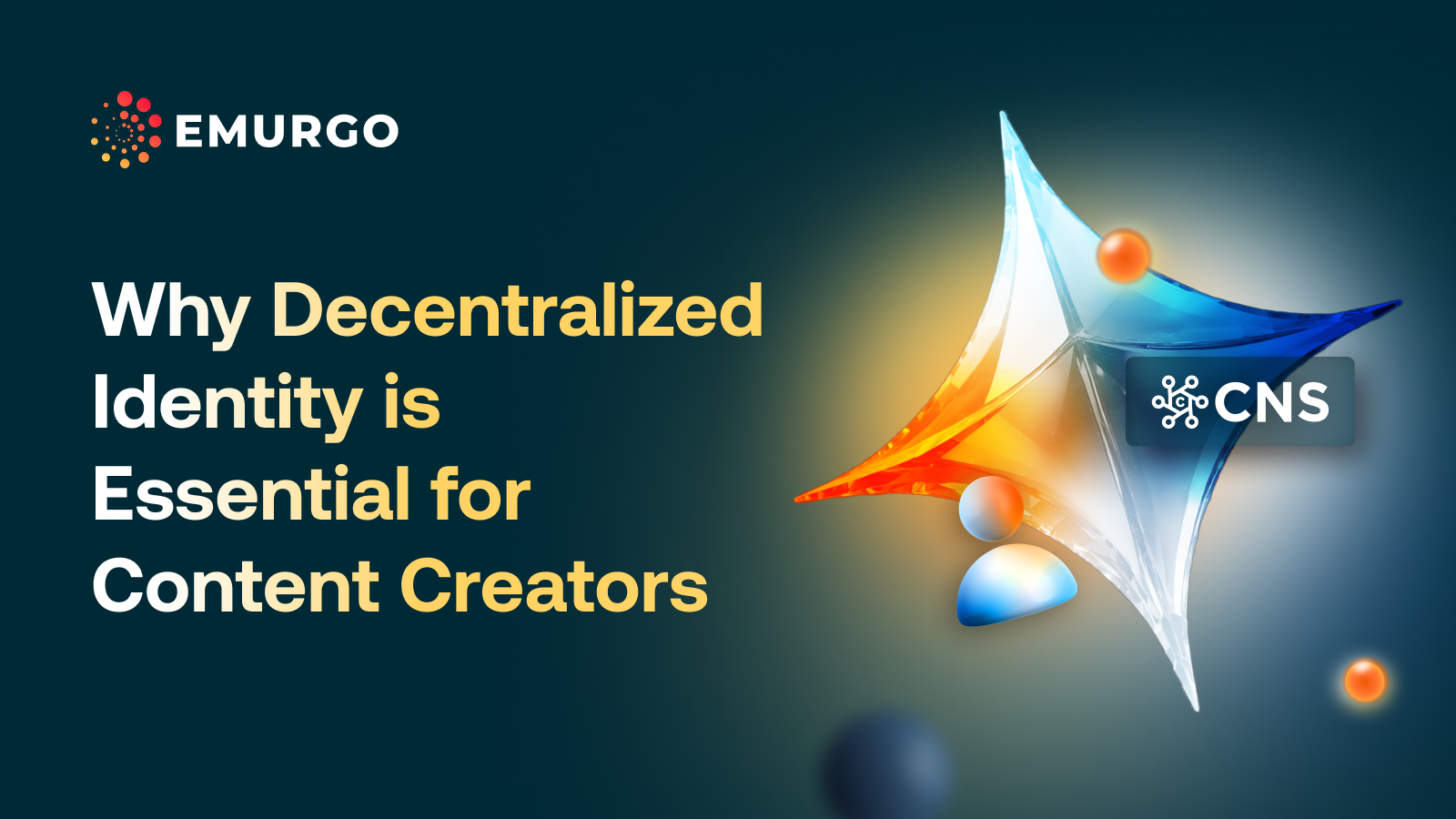Intro
Many newcomers ask “what is a NFT?” or NFT meaning, and about NFT marketplaces. Others are wondering about the future of NFT prices.
As many people only started getting to know about NFTs in 2020 and 2021, NFTs remain a new type of digital asset.
This has led to several commonly held NFT myths.
Some of them are harmless and come from a misunderstanding of NFTs, Cardano blockchain, and crypto in general, while others can be more dangerous for users.
Let’s go over 5 of the most commonly believed NFT myths and their actual truths.
Myth #1 – NFTs contribute to global warming
This myth comes from the fact that two of the oldest blockchains in the world, Bitcoin and Ethereum, use Proof-of-Work (PoW) for their consensus algorithm to verify transactions. NFTs are one of the key use cases of blockchain and Web3.
PoW uses a lot of electricity, which leads people to believe that these blockchains contribute significantly to global warming. On the graph above, however, we can see that blockchains have much fewer carbon emissions than other traditional industries.
Second, as a third-generation blockchain designed to be environmentally-sustainable from its inception, Cardano uses a different consensus called Proof-of-Stake (PoS). Instead of using computational power, PoS uses cryptocurrency locked in the network to secure it.
Compared to Bitcoin, Cardano blockchain’s PoS energy consumption is exponentially less. According to data, the annual cost of running the Bitcoin network is 188,222 GWh (Gigawatt hours) which is comparable to the energy consumption of nation states such as Thailand and South Africa.
On the other hand, Cardano’s annual cost of running its network is approximately 1.6 GWh calculated from the known amount of pool nodes running in the Cardano network, making it nearly 117,000 times more energy efficient, comparatively speaking than running Bitcoin’s network.
Cardano is the largest PoS and green blockchain with a global community of over 3.7 million active ADA addresses, nearly a million active ADA staking addresses, and over 6,300 NFT projects currently building as of July 2022.
Myth #2 – NFTs are a fad
After a heated NFT market in 2020 and 2021, NFT prices are now in a cool-off period.
This has led to a general sentiment of skepticism that NFTs were just a temporary craze.
However, the reality could not be further from this perception, especially on the Cardano blockchain.
On Cardano, NFTs belong to the native token standard, which means that although there are smart contract capabilities on Cardano, the minting of NFTs does not require using them as it’s a basic function built in into the Cardano protocol itself. This reduces the potential for minting errors or even runtime bugs during the lifetime of a token. Once the minting policy for the token locks, the protocol itself guarantees its uniqueness without a need to check a complex smart contract. This has led to an explosion of these assets on Cardano.
There are millions of NFTs currently on Cardano in addition to the more than 6,300 NFT projects on NFT marketplaces such as Fibo – an all-in-one platform for users to mint, buy and sell NFTs.At this time, Cardano has recorded more than 1.8 million NFTs sold at a total USD market volume of nearly $500 mUSD 500 millions quickly rising.
Myth #3 – NFTs are expensive to mint
NFTs have many use cases besides art, but many projects are reluctant to experiment because of the perceived cost.
This happens because most people associate NFTs with Ethereum, meaning that they look at the gas or transaction fees of that blockchain and conclude that any experiment with NFTs would be too expensive and risky.
Again, the native token standard of Cardano means Cardano NFTs can be minted affordably and in batches. Not only that, on Cardano, one transaction can send assets to several addresses, meaning that a project can distribute dozens of NFTs and pay the transaction fee only once.
This makes NFTs on Cardano not only much more cost-effective to create, but also to transfer.
NFT assets are made much more versatile by Cardano’s native token design and can be incorporated into many business use cases. Even on a purely trial basis, the much lower cost of transaction fees on Cardano considerably reduces the risk and increases the upside of any NFT experiment.
Myth #4 – NFTs are a scam
There have been many high-profile scams using NFTs.
In some cases, millions of dollars have been taken by bad actors which has given a negative impression to some.
The entire industry is constantly taking active steps to make users aware and prevent these scams.
Despite this, most NFT projects are working on delivering actual benefits to their artists and collectors, including large well-known brands that have adopted an NFT strategy for their consumers.
Here is where community plays a big role, as legitimate projects attract people and those people interact with each other over several social media channels. So, it is always important to vet a project before buying it.
NFTs are becoming one of the most notable sectors of the Cardano blockchain as evidenced by the more than 6,300 NFT projects building on Cardano as well as the millions of minted NFTs on Cardano.
As any new network-based technology expands, many myths associated with it proliferate around the Internet. While NFT technology is still very new, its true potential is yet to be realized. One day NFTs will be as ubiquitous as email accounts, but the foundations of that future are being built today.
Myth #5 – NFTs can never be stored on the blockchain
The media type associated with an NFT such as an artist’s image, music, video, document, etc. is not recorded on the blockchain itself.
It is hosted on a separate database that is meant to save a file that is too large for a blockchain.
This piece of media is referenced in the NFT via a hash of it. This creates a fingerprint and a link between the entry on the blockchain and the media the NFT is associated with.
The media tends to be preserved on a distributed network like IPFS, Arweave, and Sia Tech.
Of course, there are exceptions to this rule of an on-chain generative NFT on Cardano such as CardanoTrees.
On Cardano, a few projects have managed to create NFTs that is 100% hosted on the blockchain. One such instance is stellarhood.com which has created interactive NFTs that use only the space in each Cardano block and have no need for external databases.
Visit NFT marketplace Fibo to start buying and selling Cardano NFTs
Fibo is a Cardano NFT marketplace empowering artists and collectors for a positive social impact.
Developed by EMURGO, a founding entity of the Cardano blockchain, Fibo leverages Cardano’s environmentally-sustainable and open-source blockchain technology to provide a complete one-stop NFT platform including Yoroi wallet integration, minting, buying, and selling Cardano NFTs.
To get started on Fibo, please download Yoroi Wallet Google Chrome Extension and send some Cardano ADA to your account.
Also, join our Fibo Discord using the link below to join our community.
About Fibo
- Fibo Homepage: https://fibo.art
- Fibo Twitter: @fiboNFT
- Fibo Discord: Fibo Community



